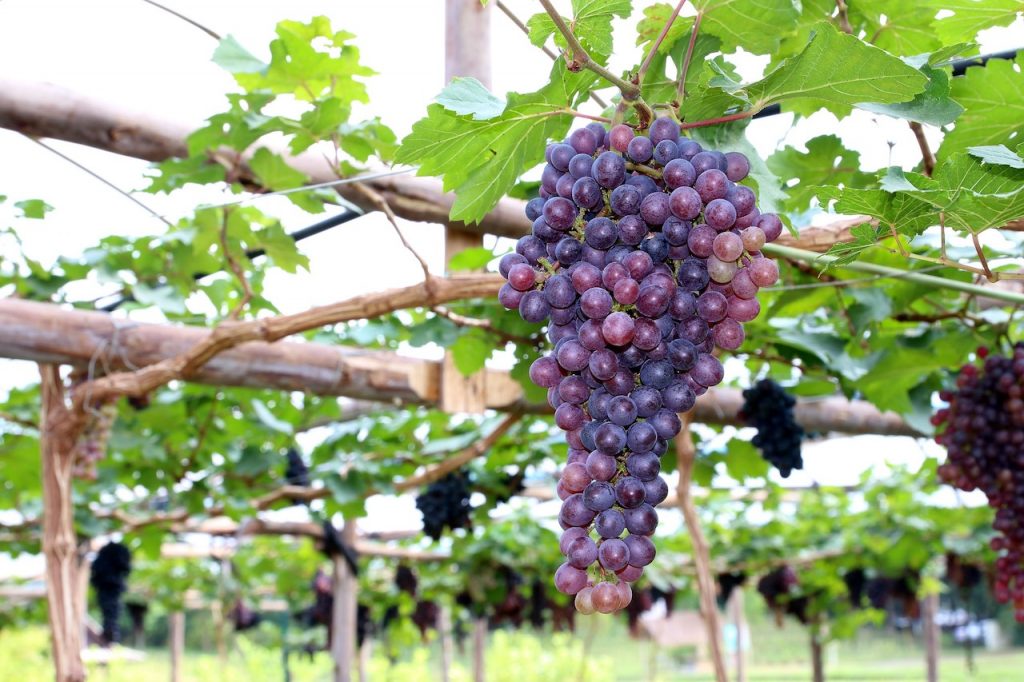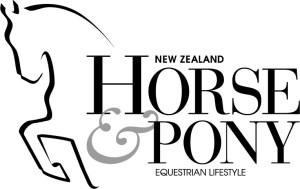
What are antioxidants? Simply, an antioxidant is a molecule that inhibits the oxidation of other molecules. However, that formal definition is of no help on its own so needs to be taken in context.
A horse’s body (and our own) is under constant attack from particles called free radicals; these are molecules formed as a result of normal body processes, especially through energy production using oxygen. Their production is therefore increased with exercise, but they may also be created following injury, disease or exposure to certain environmental factors such as allergens, pollutants or radiation.
Oxidative damage plays a significant role in the ageing process and the development of a number of diseases including cancer, skin disease, arthritis, muscular atrophy, cardiovascular disease, liver disease and auto-immune disease. Although much of the research has been carried out with a human focus, oxidative damage is implicated in these diseases in horses.
Antioxidants (also sometimes referred to as ‘free-radical scavengers’) are the body’s natural defence against oxidative damage. They effectively neutralise free radicals and play an important role in maintaining the health and integrity of the cells; the balance between free radical production and antioxidants is thought to be strongly related to lifespan. The elaborate antioxidant defence system depends on dietary intake of antioxidant vitamins and minerals, and the production within the body of antioxidant compounds.
Some trace elements, including zinc, manganese, iron, selenium and copper, form an integral part of antioxidant enzyme systems, whilst others, such as vitamin E, act as antioxidants in their own right. As the antioxidants neutralise the free radicals, they tend to become changed themselves. Most commonly, they become oxidised and can no longer act as antioxidants until they are restored to their un-oxidised or reduced state.
Oxidative stress occurs when the antioxidant defence system cannot cope with the rate of free radical production and a large proportion of the antioxidants have been oxidised. This may occur due to increased exposure to oxidants from the environment (exposure to pollution and so on) or increased production within the body (perhaps through strenuous exercise).
It might be caused by antioxidant capacities becoming decreased (if the horse is fighting a disease) or suffering an imbalance in antioxidants, for example, from the diet.
Diet itself can increase the oxidative load and potentially lead to oxidative stress. For example, diets rich in polyunsaturated oils (like certain vegetable oils) increase the requirement for antioxidants, especially vitamin E.
Non-dietary sources of oxidative stress include UV light, radiation, pollution, anaesthesia, inflammation and physical injury, as well as excessive exercise.
How can nutrition help?
Nutrition plays an important part in helping to protect against oxidative stress and damage. As we have seen, some nutrients and dietary components have antioxidant properties that are important for the normal functioning of the body. Some of these, when fed in the optimum amounts and proportions, may also offer a protective role against a variety of diseases that are at least in part associated with oxidative stress or damage.
Research has suggested that a mixture of antioxidants may be more beneficial than a single antioxidant in helping to support defences.
Vitamin C plays a pivotal role in neutralisng harmful free radicals. Because of its water-soluble nature, vitamin C can work both inside and outside the cell to combat free radical damage. It is important also for the formation of cartilage and bone as well as for the optimal functioning of the immune system and wound healing.
In the exercising horse, perhaps the foremost contribution of vitamin C is its synergistic relationship with vitamin E. Once a molecule of vitamin E inactivates a free radical, its ability to short-circuit others is forsaken. In the presence of vitamin C, however, vitamin E can be regenerated to continue its raid on free radicals.
The rejuvenating properties of vitamin C, therefore, make it an essential antioxidant.
Horses synthesise their own vitamin C so it is widely assumed they don’t need supplementation. However, horses which are under certain types of stress – exercise, transport, disease, trauma or surgery – may require extra. But not all dietary sources of vitamin C are readily available to the horse, so it becomes an essential ingredient in an effective antioxidant supplement.
Vitamin E is a fat-soluble antioxidant that is essential for optimum function of the reproductive, muscular, circulatory, nervous, and immune systems. It protects against exercise-induced muscle damage and improves immune response. Vitamin E helps maintain membrane integrity, and it protects cell membranes from oxidative damage. A dietary source of vitamin E is essential as it cannot be created in the body. However, it is abundant in green pasture and freshly made hay – one month of hay storage can decrease the amount of vitamin E by half.
This vitamin is high in many vegetable oils but do not assume it is there unless the oil has been analysed, as some refining processes remove the vitamin E from the oil. Cereal grains such as corn, oats, and barley are very low in vitamin E, so it is often added to fortified feeds. However, high levels of moisture in the feed (enough to allow mould growth), grinding, storage, and heat all decrease the vitamin E content.
Selenium and other trace minerals notably copper, zinc and manganese are also important antioxidant trace minerals. Selenium works hand in hand with vitamin E as part of the cellular antioxidant defence system. It also improves uptake of vitamin E from the digestive tract and transport into the tissue. New Zealand is generally a selenium deficient country so regular blood and herbage tests will ensure optimum levels. A word of caution here: too much is as bad as too little and horses are extremely susceptible to selenium toxicity. A blood test measures whole blood selenium. The recommended level is about 0.2 ppm, and the maximum tolerable level is about 2 ppm, but talk to your vet about your own circumstances. The selenium content of the soil has a dramatic effect on the necessity of supplementation, so treating the soil is usually preferable to treating the horse directly.
What about antioxidants in plants?
Green leafy plants are packed with a abundance of antioxidants; Vitamin C, flavonoids and carotenoids. There is no need to delve into the complex world of phytochemicals and understand the difference between flavonoids and carotenoids, but these two groups of chemicals are very important antioxidants.
Generally speaking, they are responsible for the red, yellow and orange pigments found in plant foods. This alone gives us a good indication of plants beneficial to both us and our horses; the list would include red or purple fruits and berries, red cabbage, blackcurrant, grape seed and skin extract.

The range of medicinal herbs which have antioxidant activity is wide but includes the following: rosemary (Rosmarinus officinalis), sage (Salvia officinalis), hawthorn berry (Crataegus oxyacantha), rosehips (Rosa canina), elderberry (Sambucus nigra) and garlic (Allium sativa). These are probably the easiest to source and use.

It is hard to be specific about how much of these you should include in your horse’s diet because the concentration of the actives will vary according to where they are grown, how they harvested and how they are preserved. If you are keen enough to grow your own, then rosemary would probably be one of the easiest and is also one of the best. The other to consider is garlic, which of course has other benefits.

Take-home message
Antioxidants are being seen as increasingly important in the diet, but with thought should be quite easy to incorporate. Fresh green grass and fresh hay provide a good base, but make sure your selenium levels are correct and if necessary incorporate herbs like rosemary or garlic into your horse’s diet. Remember, high levels of athletic activity and other challenges tend to suppress the immune system and increase the oxidative stress, so make adjustments as necessary.
– This article was first published in the July 2015 issue of NZ Horse & Pony






